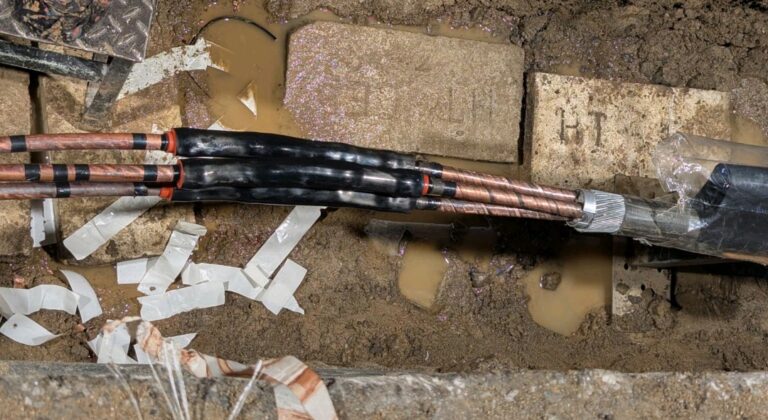PTW stands for Permit to Work, a formal, written system used to ensure that specific work activities are carried out safely, especially in high-risk environments such as industrial, construction, and energy sectors. PTWs outline the safety measures, procedures, and precautions required to minimize risks and protect workers, equipment, and the environment. This is mostly carried out by OHS department which means Occupational Health and Safety department .
Types of PTW
In the Photovoltaic (PV) field area and other industrial areas, the PTW system may vary depending on the complexity and potential hazards of the work being carried out. Common types of PTWs in such contexts include:
- Hot Work Permit: Required when any work involves potential sources of ignition, such as welding, cutting, grinding, or working with equipment that could generate sparks or heat.
- Cold Work Permit: Used for activities that do not involve any significant fire risk or require hot work, such as mechanical maintenance, electrical work (under low voltage conditions), or routine checks.
- Electrical Work Permit: This permit is used for any work that involves electrical systems, such as installation, testing, or repair of PV panels, inverters, and related equipment. This is critical because electricity in solar power installations poses a major risk if handled improperly.
- Confined Space Permit: In cases where work is done in areas with limited entry and exit (such as underground cable trays, manholes, or any enclosed area within the PV system), a confined space permit is needed to ensure workers are aware of hazards like oxygen deficiency or toxic gases.
- Isolation/Lockout-Tagout (LOTO) Permit: This is essential when maintenance or repairs require the isolation of electrical circuits or other hazardous systems to ensure that they cannot be accidentally energized or activated during the work.
- Excavation Permit: In PV field installation or maintenance, where digging is involved (e.g., for the installation of ground-mounted systems or trenching for electrical cabling), an excavation permit ensures safety and compliance with local regulations regarding underground utilities.
You should not be suddenly engaged in the work at first because respective person may be aware of the danger that can even happen around the area. Past experiences , incidents may have shaped the respective area and maintenance place rules.
PTW in the PV Field Area
In the PV field area, where you deal with the installation, maintenance, and troubleshooting of solar panels and associated electrical systems, several PTW procedures would typically apply:
- Electrical Work Permits: For work on the electrical circuits of solar power systems, especially for activities such as disconnecting and reconnecting inverters, wiring connections, or troubleshooting electrical faults. It ensures that workers are aware of the system’s status (e.g., whether it’s energized or isolated) and proper lockout/tagout procedures are followed.
- Confined Space Permits: If workers are required to enter enclosed spaces like electrical cabinets, junction boxes, or manholes during installation or maintenance, a confined space permit will be needed.
- Hot Work Permits: If the work involves welding, cutting, or any other activity that might generate sparks (e.g., installing racks or structures), a hot work permit ensures that fire safety measures are in place.
- Excavation Permits:- If trenching or digging is required to lay cables for the PV system, an excavation permit ensures that the area is safe and that utilities (such as gas, water, or electrical lines) are not inadvertently damaged.
This actually doesn’t confined only to solar sector but also all the electrical maintenance. Technicians should be more aware of these permits since they are the ones really engaged in maintenance task.
